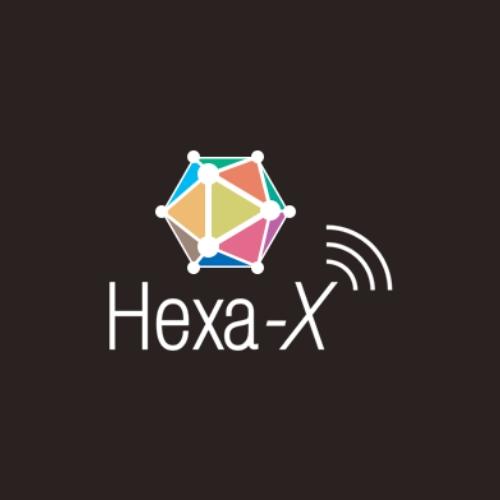Among other things, the Hexa-X II projects aims to evaluate ‘6G technology readiness’
Announced in 2022 and led by Nokia, Hexa-X II is the second phase of the European 6G flagship initiative, and therefore, builds off the foundation laid by the previous phase Hexa-X, which sought to develop the 6G vision and establish its basic concepts and technologies. At the 6G Forum, Hexa-X-II Project Lead Mikko Uusitalo told event attendees that Hexa-X-II aims to evaluate “6G technology readiness… the 6G system blueprint and platform,” as well as the “overall approach to 6G.”
He also shared the project’s key goals:
Environmental sustainability. For those behind Hexa-X-II, environmental sustainability and energy efficiency is a key consideration in the planning, architecture and operation of 6G networks, said Uusitalo. “We need to have a holistic approach to the different footprints and trade-offs [between sustainability factors] … and adopt of fully comprehensive life cycle assessment approach to 6G…We need to look at alternative materials, avoiding hazardous substances, and we need to design 6G equipment to be modular and durable … [to extend] the hardware life span and reduce waste generation,” he continued.
Other environmental sustainability goals for 6G must be minimizing energy consumption in the production and operation phases and optimizing network equipment and processes. Uusitalo said that things like incorporating renewable and fossil-free electricity, edge computing — which will minimize data transmissions — and automated systems to manage network and device states according to demand will help cut down on energy use. He also pointed to the need for circulatory practices, like reusing and recycling materials and components.
Inclusion and trustworthiness. Uusitalo lumped these two goals into a single category that he called social sustainability, stating about the inclusion piece: “6G solutions need to be non discriminatory and available in terms of coverage and capacity needs.” On its website, the Hexa-X-II project more specifically says that it “aims to provide connectivity to people in developing countries as well as to the under-privileged members of developed societies.”
The trustworthiness aspect refers to ensuring that is cyber-secure and respects privacy, but also that 6G networks deliver the needed coverage and capacity so that it maintains trust in its digital capabilities and services. “AI-based approaches need to be clear, transparent and keep the human in the loop,” Uusitalo said. “And 6G networks need to be flexible and adjustable in terms of capacity and coverage.”
In addition to driving the industry towards a sustainable, inclusive and trustworthy 6G future, Hexa-X-II is also exploring various 6G use cases related to things like collaborative robots, digital twins and immersive experiences.
Hexa-X-II expanded the project’s previous partner list to 44 organizations all contributing to a pre-standardized platform and system view that will form the basis for many inputs into future 6G standardization. Specific project partners include Ericsson, which acts as the technical manager, as well as Orange, TIM SpA, TU Dresden, University of Oulu, IMEC and Atos, which all help coordinate work packages such as radio evolution, flexible infrastructure and smart network management.

